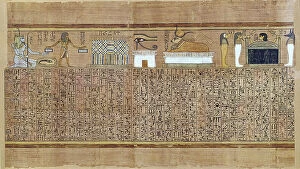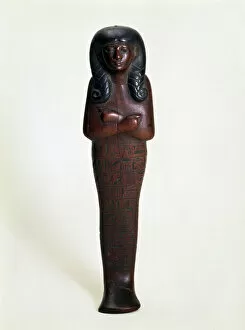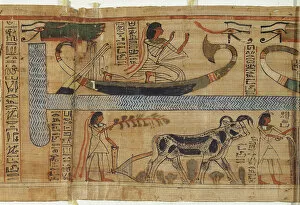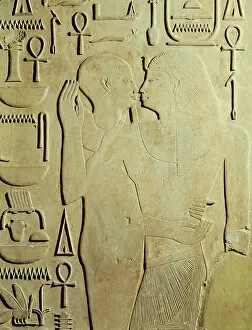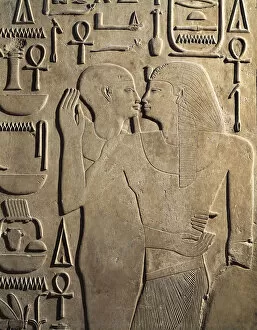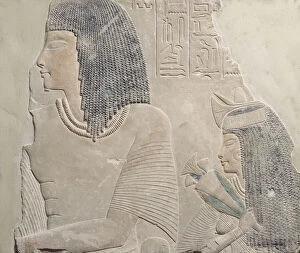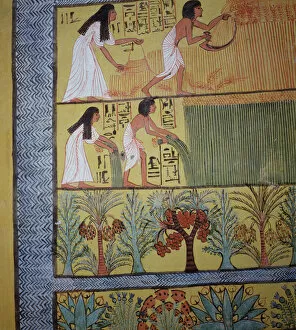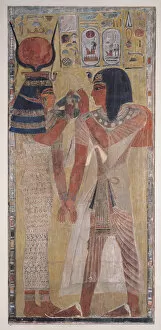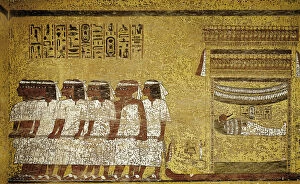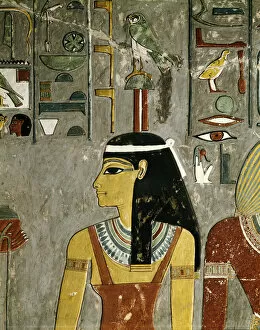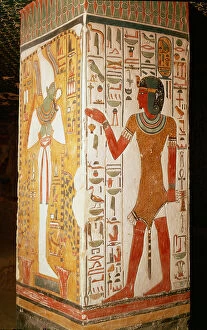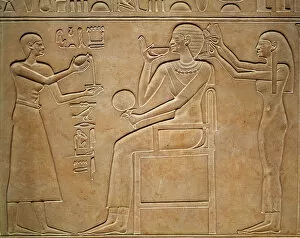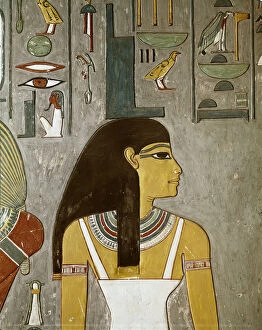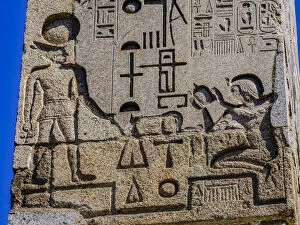Egyptian Hieroglyphic Collection
"Unveiling the Ancient Language: Exploring Egyptian Hieroglyphics" Step back in time and delve into the captivating world of Egyptian hieroglyphics
For sale as Licensed Images
Choose your image, Select your licence and Download the media
"Unveiling the Ancient Language: Exploring Egyptian Hieroglyphics" Step back in time and delve into the captivating world of Egyptian hieroglyphics. These intricate symbols, carved onto various artifacts, offer a glimpse into the rich history and culture of ancient Egypt. One such artifact is a relief depicting a scene of circumcision from the Mastaba of Ankh-Ma-Hor, found in the Old Kingdom. Made from limestone, this piece showcases the meticulous craftsmanship and attention to detail that characterized Egyptian art. Moving forward in time to the Hellenistic period, we encounter a beautifully decorated stele paying homage to pharaohs. This masterpiece can be found at Musee de l'Ermitage in Saint Petersburg, transporting us to an era where Greek influence intertwined with traditional Egyptian artistry. Another fascinating discovery lies within wooden funerary statuettes known as shabtis or ushabtis. One particular example belonged to Mutri during Thoutmosis I's reign in the 17th dynasty. Preserved at Musee de l'Ermitage, these figurines were believed to serve their owners in the afterlife. Egyptian daily life comes alive through scenes depicting farm work and harvest on tomb walls like that of Sennedjem. These detailed artworks provide insights into agricultural practices during ancient times. The preservation techniques employed by Egyptians are also evident through canopic jars used for safeguarding internal organs. Sets belonging to Prince X showcase exquisite craftsmanship while ensuring proper burial rituals were followed. Royal statues hold immense significance too; King Auibra Hor's statue from Dahshur displays opulence with its gilt collar and mesmerizing eyes adorned with precious materials like gold and glass. A closer look at Maidum reveals statues commemorating Prince Rahotep and his wife Nofret – an intimate portrayal capturing their eternal bond even beyond death itself. Of course, no exploration would be complete without mentioning the iconic mask of Tutankhamun.

